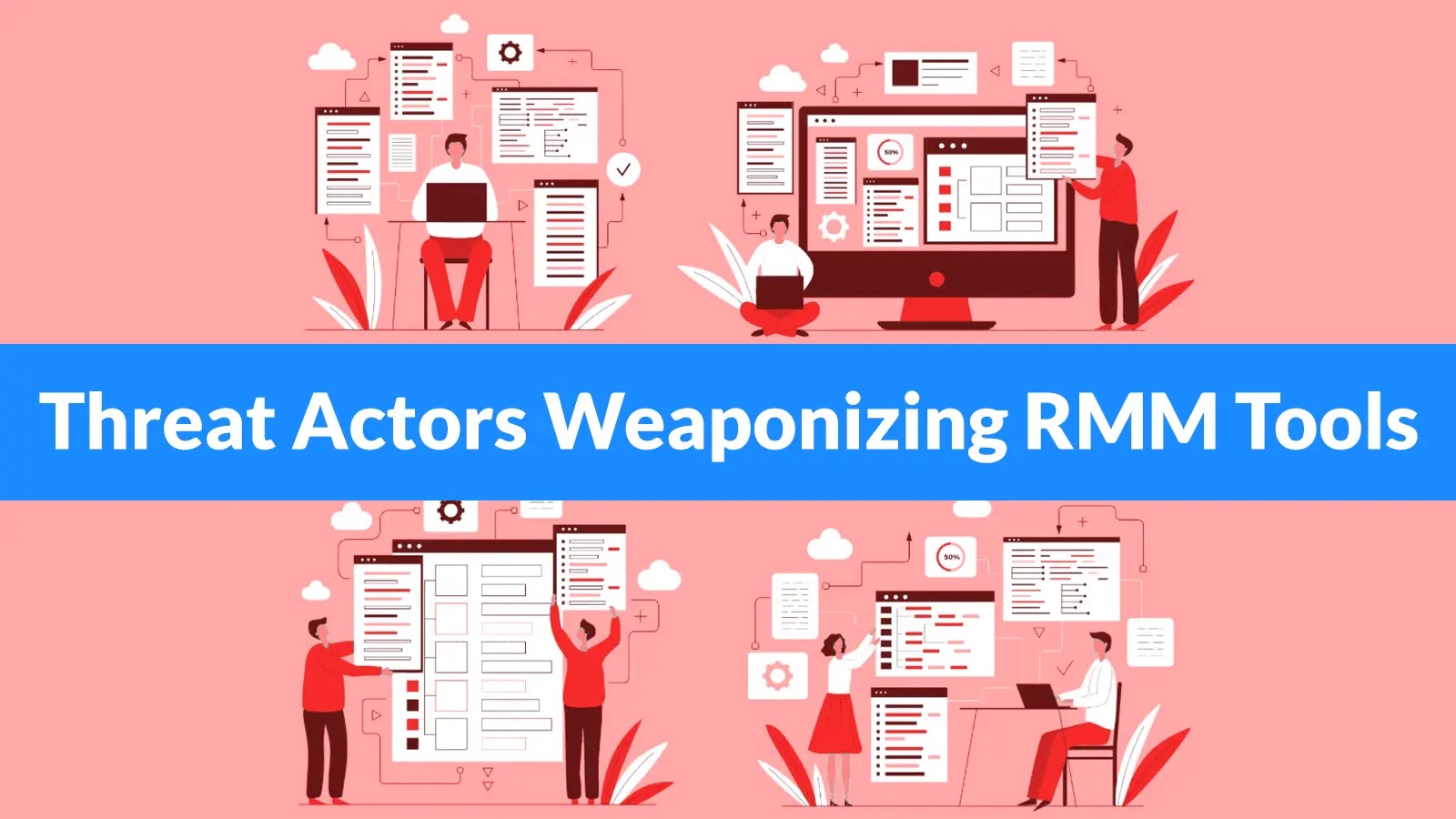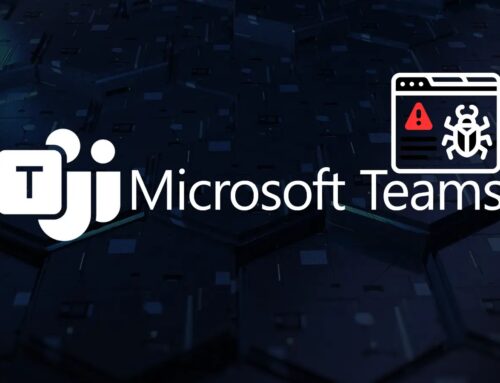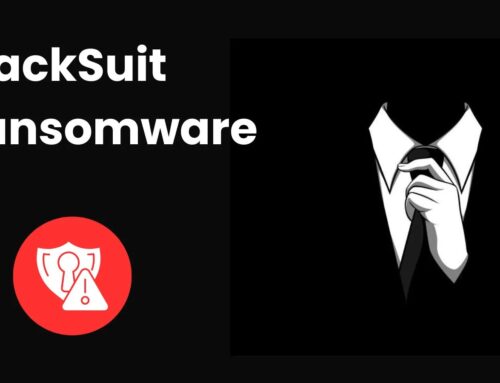
Threat Actors Weaponizing RMM Tools to Take Control of The Machine and Steal Data
The Silent Takeover: How Threat Actors Are Weaponizing RMM Tools to Seize Control and Steal Data
Imagine your IT team’s most trusted tool, designed for efficiency and remote management, suddenly becoming a conduit for a sophisticated cyberattack. This isn’t a hypothetical scenario; it’s the alarming reality of a new wave of threats. Cybercriminals are increasingly exploiting Remote Monitoring and Management (RMM) software to gain unauthorized access to corporate systems, transforming essential administrative software into powerful weapons for data theft and system compromise. This emerging threat leverages the inherent trust placed in RMM solutions, turning benevolent tools into malicious conduits.
Understanding the RMM Exploitation Threat
RMM tools are indispensable for IT professionals, enabling them to remotely monitor, manage, and troubleshoot devices within a network. Their broad access and administrative privileges make them incredibly powerful. However, these very features, when compromised, present a significant attack surface. Threat actors understand this intimately. They are developing sophisticated campaigns that bypass traditional defenses by leveraging RMM software, turning a legitimate utility into an illicit backdoor.
The core of this attack vector lies in manipulating the inherent trust RMM solutions hold within an organization’s security posture. Once an RMM account or endpoint is compromised, attackers can gain deep access, allowing them to:
- Execute Arbitrary Code: Deploy malware, ransomware, or other malicious payloads across the network.
- Lateral Movement: Easily move between systems, escalating privileges and mapping network infrastructure.
- Data Exfiltration: Locate, access, and steal sensitive corporate data, intellectual property, and personal identifiable information (PII).
- Maintain Persistence: Establish long-term access to the compromised environment, often undetected, for future attacks.
The Mechanics of RMM Weaponization
While specific attack methodologies can vary, the general flow involves initial access, often through phishing, supply chain compromise, or exploitation of unpatched vulnerabilities. Once inside, attackers seek to compromise or establish unauthorized access to an RMM instance. This could involve stealing credentials, exploiting misconfigurations, or even injecting malicious code into legitimate RMM update processes.
One notable example, though not a specific CVE tied directly to an RMM tool itself, involves an ongoing campaign where attackers are using compromised RMM environments to deploy remote access trojans (RATs) such as Atera or ConnectWise ScreenConnect (formerly ConnectWise Control) without the direct knowledge of administrators. While these tools themselves are not inherently malicious, their misuse facilitates severe breaches. For instance, vulnerabilities in related products or third-party integrations can also create pathways. While no specific CVE for this broad RMM weaponization trend exists, it’s crucial for organizations to stay vigilant for vulnerabilities in associated client-side or server-side components. For example, staying abreast of general remote code execution (RCE) vulnerabilities like those that sometimes affect web-facing components or authentication mechanisms (e.g., potential future CVEs concerning CVE-2023-XXXXX in related web services if they were to arise) is critical.
Remediation Actions and Proactive Defense
Defending against RMM weaponization requires a multi-layered approach, focusing on hardening RMM deployments, enhancing monitoring capabilities, and cultivating a strong security culture.
- Implement Strong Authentication: Enforce multi-factor authentication (MFA) for all RMM user accounts, including administrative access.
- Principle of Least Privilege: Grant RMM users only the minimum necessary permissions required for their roles. Regularly review and revoke unnecessary privileges.
- Network Segmentation: Isolate RMM infrastructure from critical business systems and sensitive data repositories. Implement strict firewall rules to limit RMM tool access to only necessary endpoints and ports.
- Regular Patching and Updates: Ensure all RMM software, operating systems, and associated applications are kept up-to-date with the latest security patches.
- Endpoint Detection and Response (EDR)/Extended Detection and Response (XDR): Deploy robust EDR/XDR solutions to monitor endpoints for anomalous activity, suspicious RMM usage patterns, and the presence of known malicious payloads.
- Audit Log Review: Regularly review RMM audit logs for unusual login attempts, unauthorized commands, or unexpected file transfers.
- Security Awareness Training: Educate IT staff and end-users about phishing attacks, social engineering tactics, and the risks associated with RMM tools.
- Vendor Security Assessment: Vet RMM vendors thoroughly. Understand their security posture, incident response capabilities, and adherence to industry best practices.
Tools for Enhanced RMM Security Posture
| Tool Name | Purpose | Link |
|---|---|---|
| Endpoint Detection and Response (EDR) Solutions | Detects and responds to suspicious activities and threats on endpoints, including those using RMM tools. | Leading EDR Vendors |
| Security Information and Event Management (SIEM) Systems | Aggregates and analyzes security logs from various sources, including RMM, to identify patterns and anomalies. | Leading SIEM Vendors |
| Vulnerability Scanners | Identifies unpatched vulnerabilities in RMM software and the underlying infrastructure. | Tenable Nessus |
| Penetration Testing Services | Simulates real-world attacks to identify weaknesses in RMM security configurations and processes. | OWASP Top 10 (Indirectly related, but guides testing scopes) |
Conclusion: Securing the Trust We Place in IT Tools
The weaponization of RMM tools represents a significant shift in the threat landscape, underscoring how legitimate software, when compromised, can be leveraged for devastating attacks. Organizations must recognize the elevated risk associated with these powerful administrative utilities. By adopting a proactive security posture, implementing robust controls, and fostering continuous vigilance, businesses can mitigate the threat of RMM exploitation and protect their critical systems and sensitive data from falling into the wrong hands. The integrity of our IT environment depends on securing the very tools designed to manage it.





